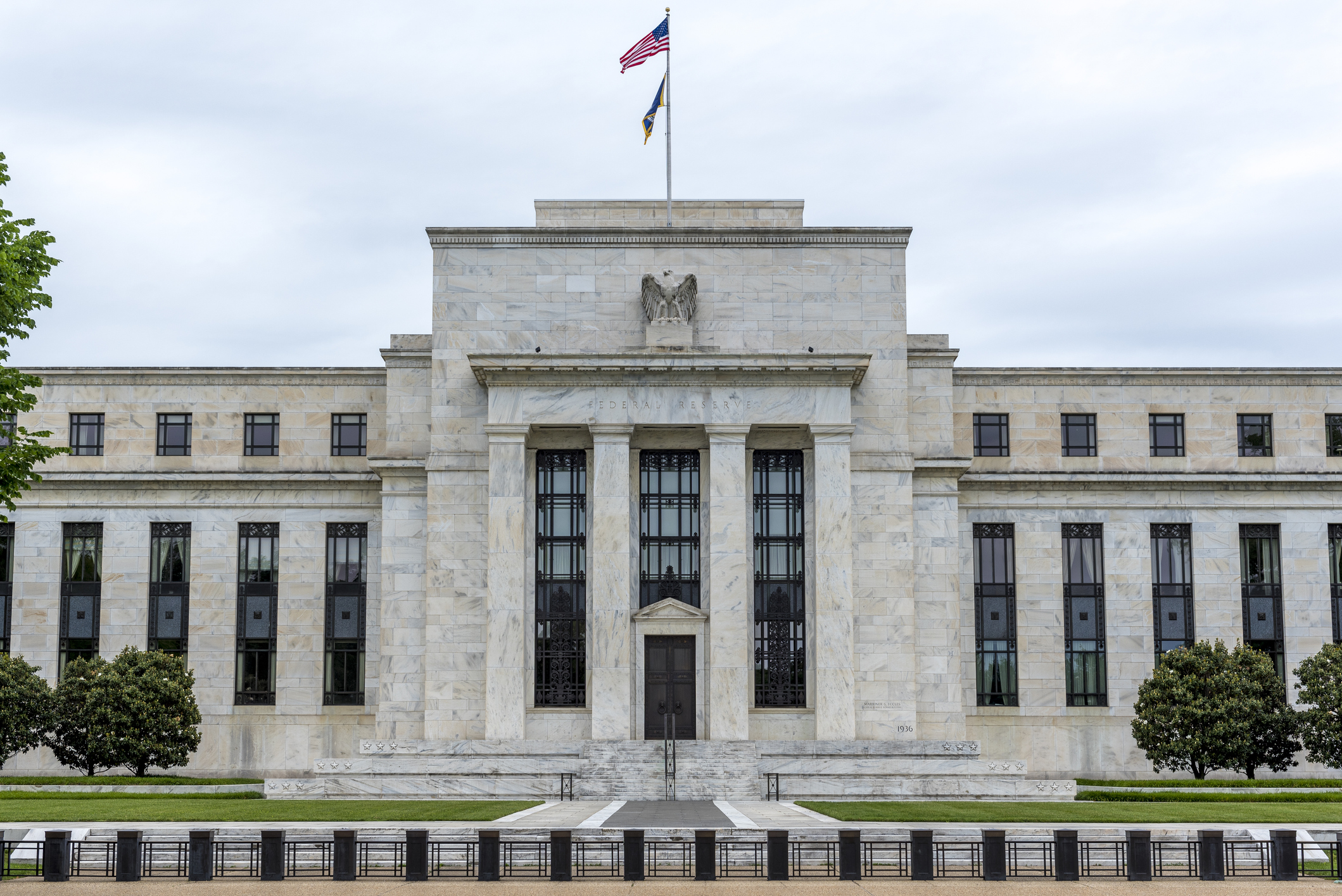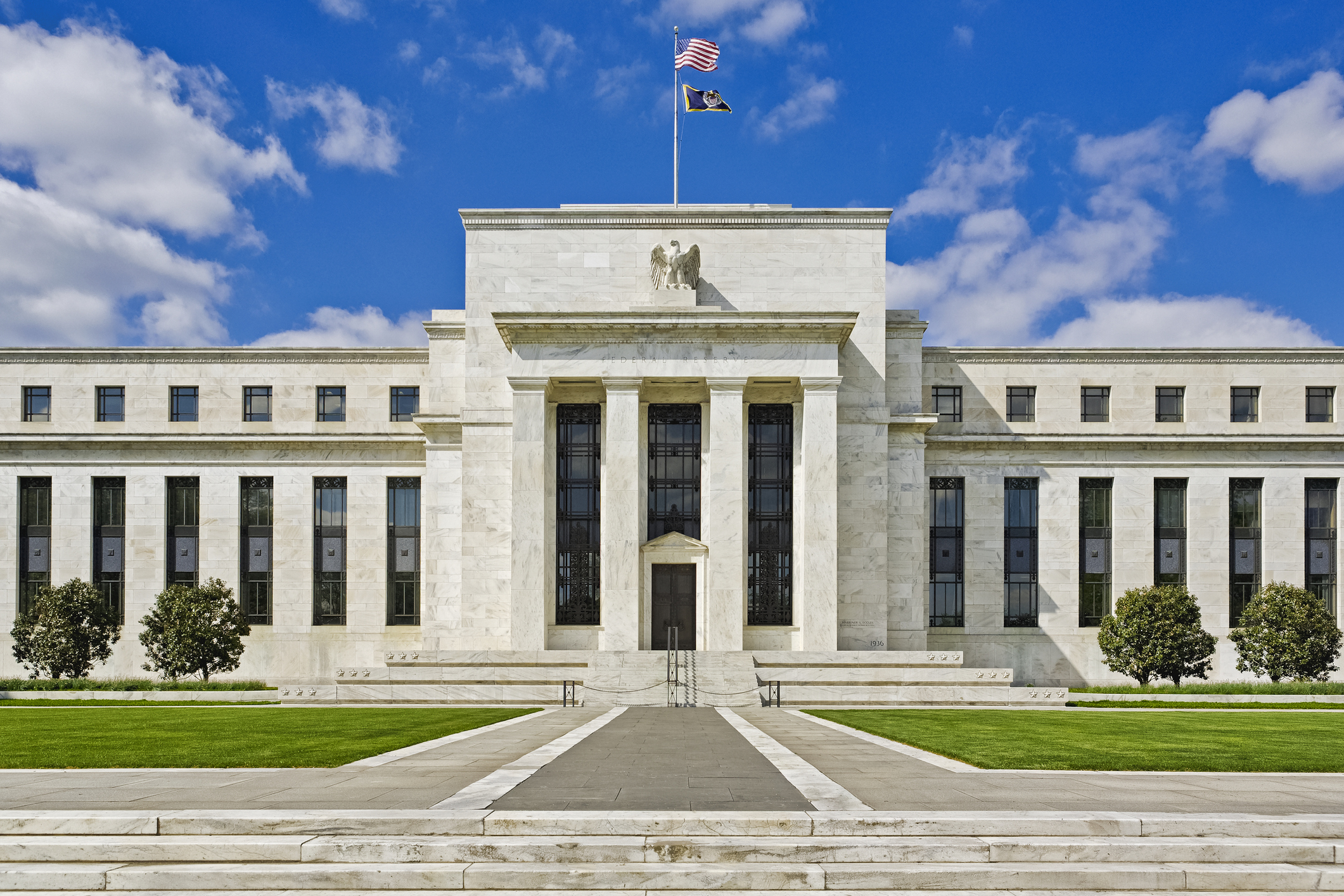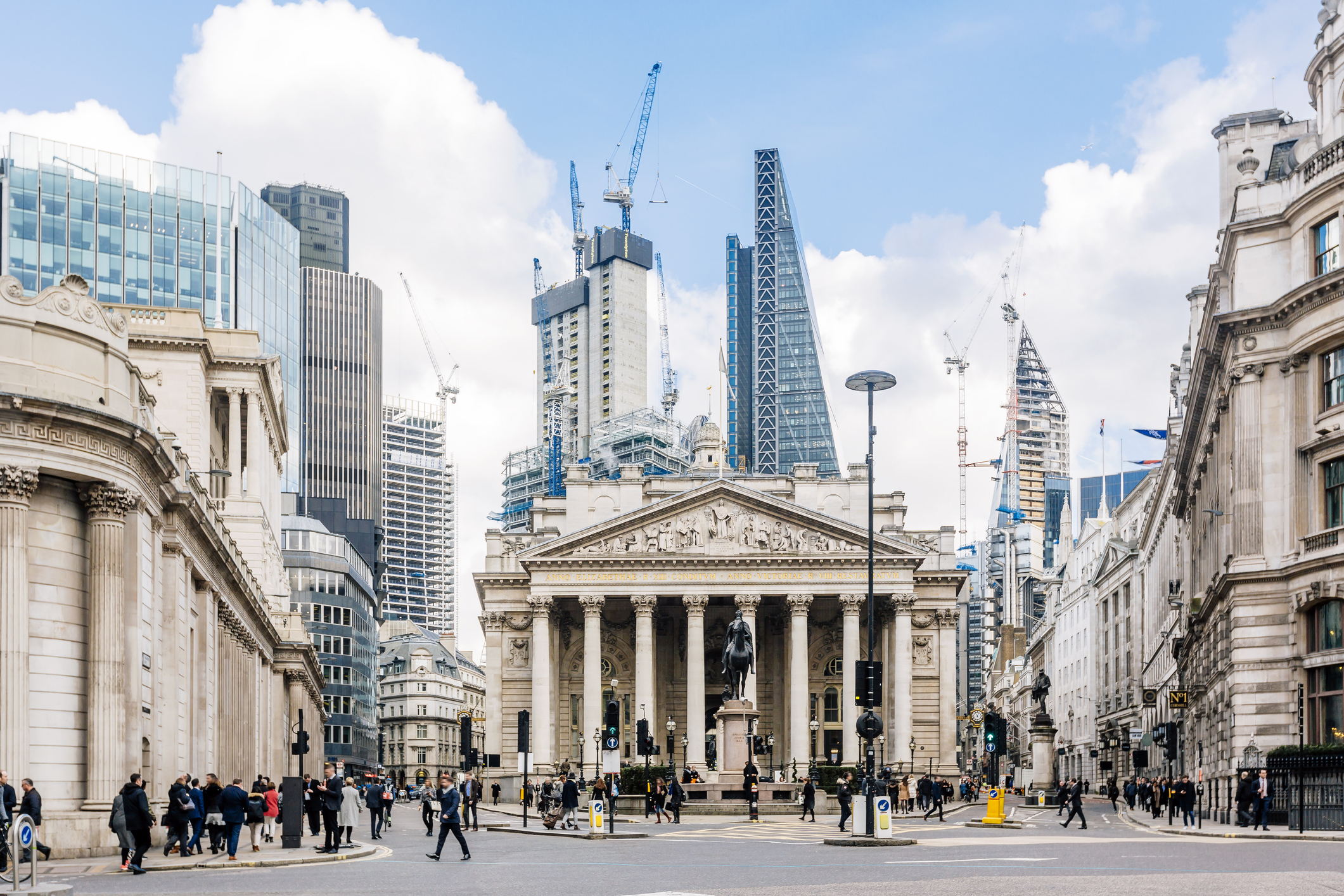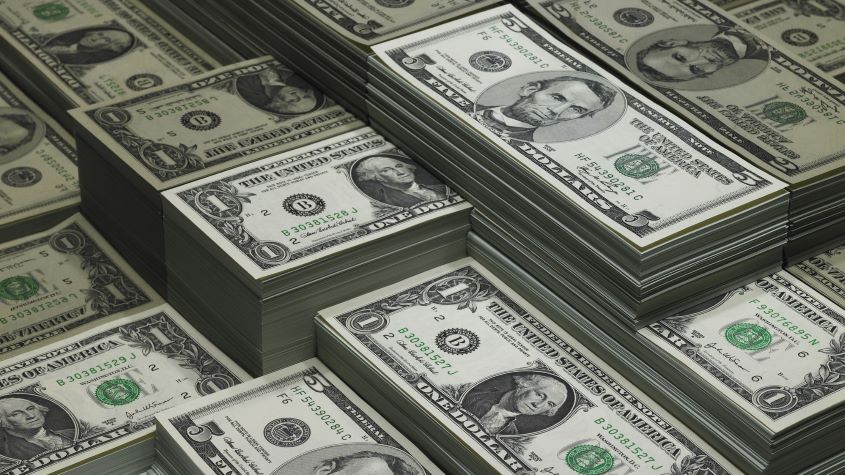How does quantitative easing work?
James Ferguson explains how quantitative easing works, and how it differs from normal monetary policy.
In MoneyWeek magazine issue 582, James Ferguson, chief strategist at Westhouse Securities, explains why the US dollar is set to rally. A key reason behind this is that, in James's view, Europe is likely to have to start some form of quantitative easing (QE), while the US is now almost beyond the point where further QE is necessary. But how does QE work exactly? And how does it differ from normal monetary policy?
Broad money supply in developed economies usually grows about 200 basis points (two percentage points) faster than nominal GDP growth. In a fractional banking system, you get broad money supply growth in the following way: central banks increase the size of bank reserves; for every dollar that banks have in reserves, they can lend out several dollars (say, ten). This is known as the money multiplier'.
So broad money supply growth is usually a pure function of bank loan growth.
MoneyWeek
Subscribe to MoneyWeek today and get your first six magazine issues absolutely FREE

Sign up to Money Morning
Don't miss the latest investment and personal finances news, market analysis, plus money-saving tips with our free twice-daily newsletter
Don't miss the latest investment and personal finances news, market analysis, plus money-saving tips with our free twice-daily newsletter
However, when banks are forced to retrench and repair their balance sheets after a crisis, they stop lending. In fact, they shrink lending. As a result, broad money supply shrinks too.
Central banks, in charge of their own printing presses, are left with a choice: allow a deflationary depression; or monetise the debt and print money to neutralise the deflationary forces.
The Fed chose option (b), and on top of the $3.7trn-odd of government deficit, printed an extra $2.35trn of money to buy long-dated agency and government securities (QE).
The difference between QE (unconventional monetary policy') and setting interest rates (conventional monetary policy') is seemingly innocuous. When the Federal Reserve cuts interest rates (the Fed funds target rate) it does so by buying short-dated Treasury bills and other government securities. Banks use the sale proceeds, which are credited to them at the central bank in bank reserves, to lend back out to the market in order to earn a return.
MoneyWeek videos

What is quantitative easing?
Tim Bennett explains what quantitative easing (QE) is.
Watch all of Tim's videos here
The Fed knows its counterparties in such trades will be banks, because banks are too highly leveraged to take the duration risk in longer-dated bonds, which is why such central-bank-to-bank transactions are called money market operations'.
The Treasury trades the longer maturities with non-banks (usually pension funds, insurance companies and other investors) in what are called debt market operations'. QE is when the Fed buys long-dated securities rather than short-dated ones.
This however, not only changes the Fed's counterparty, but also greatly increases the number of transactions the Fed needs to do, because it is no longer benefiting from the money multiplier (because it's dealing with non-banks rather than banks).
However, from late 2008 onwards, US banks weren't lending their cash balances in bank reserves back out into the market, no matter how many purchases the Fed made. This is a classic bank crisis signal. Rather than add to the very same risk assets they felt forced to contract, US banks allowed their risk-free cash piles to rise and rise just as European banks are doing now.
This destruction of money supply was only counteracted by the Fed printing money (QE) via purchases of long-dated securities. The counterparties here, as mentioned already, were not banks but non-banks. The non-banks in turn would deposit their sale proceeds in the bank. Since bank deposit liabilities are the very definition of money supply, these actions directly countered banks' money destruction and depression was averted or at least delayed.
However, these supplies of excess dollars were not naturally required by the US economy, because the lack of bank lending meant that the private sector was being forced to save more than it earned. So much of the excess leaked abroad, flooding currency markets and driving emerging markets and commodity prices to new highs.
As a result, much of the benefit' of the domestic inflationary stimulus from QE came back into the US in the form of higher costs of imported staples, which is actually very deflationary.
In short, the effect of QE can be likened to more normal monetary easing (cutting interest rates). It's just that because such monetary easing is no longer targeting a specific move in interest rates, it has to be based on the quantity of securities bought (money spent) hence the term: quantitative easing.'
How do you compare the two? Well, happily the Fed announced at the time of the $600bn of QE2, that the sum had been chosen to replicate the impact of a 75 basis point cut in the Fed funds target rate. This means that we can turn QE into effective policy rate cuts.
Get the latest financial news, insights and expert analysis from our award-winning MoneyWeek team, to help you understand what really matters when it comes to your finances.
James Ferguson qualified with an MA (Hons) in economics from Edinburgh University in 1985. For the last 21 years he has had a high-powered career in institutional stock broking, specialising in equities, working for Nomura, Robert Fleming, SBC Warburg, Dresdner Kleinwort Wasserstein and Mitsubishi Securities.
-
 UK sets out crypto regulatory proposals
UK sets out crypto regulatory proposalsThe government has tabled legislation that sets out a regulatory framework for cryptocurrencies, while the regulator will consult on balancing innovation and consumer protections
-
 What does an interest rate cut mean for my pension?
What does an interest rate cut mean for my pension?Interest rates have been cut from 4% to 3.75%. For pension savers and retirees the effects of the drop will depend on the type of retirement pot they have, but could be significant.
-
 'Governments are launching an assault on the independence of central banks'
'Governments are launching an assault on the independence of central banks'Opinion Say goodbye to the era of central bank orthodoxy and hello to the new era of central bank dependency, says Jeremy McKeown
-
 Do we need central banks, or is it time to privatise money?
Do we need central banks, or is it time to privatise money?Analysis Free banking is one alternative to central banks, but would switching to a radical new system be worth the risk?
-
 Will turmoil in the Middle East trigger inflation?
Will turmoil in the Middle East trigger inflation?The risk of an escalating Middle East crisis continues to rise. Markets appear to be dismissing the prospect. Here's how investors can protect themselves.
-
 Federal Reserve cuts US interest rates for the first time in more than four years
Federal Reserve cuts US interest rates for the first time in more than four yearsPolicymakers at the US central bank also suggested rates would be cut further before the year is out
-
 The Bank of England can’t afford to hike interest rates again
The Bank of England can’t afford to hike interest rates againWith inflation falling, the cost of borrowing rising and the economy heading into an election year, the Bank of England can’t afford to increase interest rates again.
-
 Interest rates held at 5.25% again
Interest rates held at 5.25% againThe Bank of England has kept rates at 5.25% again, in a widely anticipated move. We look at what it means for your money - and what the Bank’s next move could be
-
 US inflation rises to 3.7% as energy prices surge - will the Fed hike rates?
US inflation rises to 3.7% as energy prices surge - will the Fed hike rates?US consumer price index rose in August but markets do not expect a rate hike this month
-
 The debt ceiling illustrates America’s empire of debt
The debt ceiling illustrates America’s empire of debtOpinion The US has never quite got the hang of the conquering business as the debt ceiling debate shows.